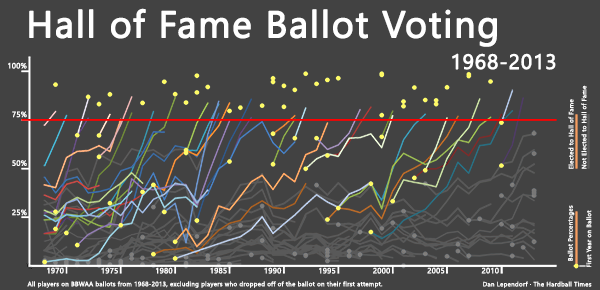
One problem with an online course is that I can’t physically turn back homework and talk about some of the issues on the problems. So I’ll pretend that I am turning back your “which log” graphs and make up a hypothetical conversation.
Jim: Many of you lost points on this assignment since you didn’t interpret the rate of change on your graphs.
Student A: But you didn’t tell us to interpret the graph in the assignment.
Jim: That’s true — I did not specifically ask you to interpret the graph. But what is the point of plotting the log of the response against time? We take the log to better see and interpret the rate of change of the response. A log converts exponential growth to linear graph and it is easy to read linear growth from the graph.
Student B: But I did interpret the graph that you still took off points.
Jim: Yes, you told me that the national debt is increasing. But I think I knew that before I looked at your graph. What I don’t know (and still don’t know since you didn’t tell me) is the rate of the increase. How much has the debt increased each year?
Student C: Do we always have to interpret our graphs?
Jim: Most graphs don’t speak for themselves. Actually, maybe you can put a push button on the graph that says “PRESS HERE” and then the graph (in a nice voice) can actually explain itself. But since this is hard to do, you have to write the basic message: what should the reader learn from viewing your graph?
Student D: Okay, I understand.
Jim: If you put away your cell phone, we can continue with the topic for today’s class.



